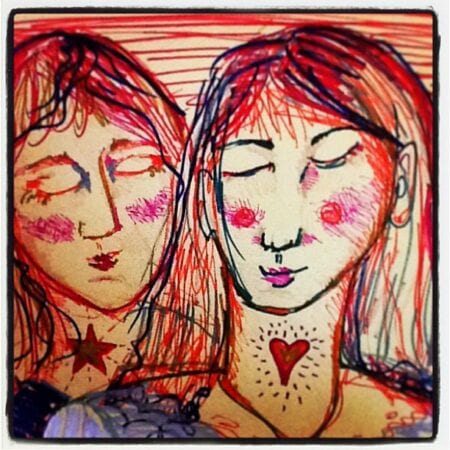Gioia–Sisters
Gioia and Rebcca have adopted the title “Strengths Spotters,” from the work of one of their positive psychology heroes, Robert Biswas-Diener. Not only is it a part of their work and the work of most therapists, but they are both blessed to have this quality in their repertoire of strengths, and particularly in the set of strengths that engage and energize them.
Biswas-Diener and one of his colleagues, British psychologist Alex Linley, expand on traditional strengths approaches by differentiating those that are “learned” and deplete us versus those that empower and engage us. They also suggest that strengths are not static-we benefit not just from identifying them but from discerning when and how much to use them depending upon what makes the most sense in a given situation. In other words, strengths that apply in some situations might not be appropriate in others.
The CAPP Realise Strengths Model outlines 4 domains in the strengths paradigm and suggestions for their use:
- Realized Strengths: Those that energize and engage us. We should use them more.
- Unrealized Strengths: Those that we don’t use as much but could be capitalized upon. Find them and use them more.
- Weaknesses: Areas where we don’t perform well and that rob us of energy. Use them as little as possible and only when necessary.
- Learned Behaviors: Areas where we perform well but we feel reduced energy. Use them less.
When Gioia and Rebecca run their workshops, they find the most “Aha!” moments come from the last category because many of us spend a lot of time doing things that we do well but do not enjoy. We may be very proficient at these tasks and people depend upon us for them, but they either drain or bore us.
Gioia has a great example of this phenomena. She had been working quite proficiently with elementary school children in a job for which she was well paid, but in which she was feeling restless and bored. She realized that she much preferred working with adolescents-they were defiant and full of pathos but the work inspired and fully engaged her-and she needed to shift populations if she were going to fully enjoy her calling as an art therapist.
Another example-Rebecca am good at balancing the books but accounting drains her. Because she is an extrovert, she gets through laborious tasks much more quickly and enjoyably in the company of others, so she invites Gioia over to do art work while she’s number-crunching.
Gioia and Rebecca also believe that they can enhance their own individual strengths by dynamically engaging with the strengths of those around them. Apart from doing this when they run workshops, they’ve been able to apply this very successfully in their joint writing projects. Although Rebecca write well enough and she is definitely in the business of creativity, she is less of an “inventor” and struggles with initiating our books and articles. Fortunately, Gioia, who is innovative and full of ideas, will often generate the first content for our writing ventures and then Rebecca go from there. She’s a “creator,” Rebecca is a “honer.” So they try to moderate their weaknesses and learned behaviors with each others’ strengths.
Positively yours, Gioia and Rebecca
Art Directive: Make a collage which shows the amount of time you spend in each of the four domains of strengths–unrealized, realized, weaknesses, and learned behaviors (you can cut out images that represent people, places, or activities that remind you of each domain). In which domain are you spending most of your time? How would you use your realized and unrealized strengths more? Share your thoughts with us on our website or on our Facebook Page.
